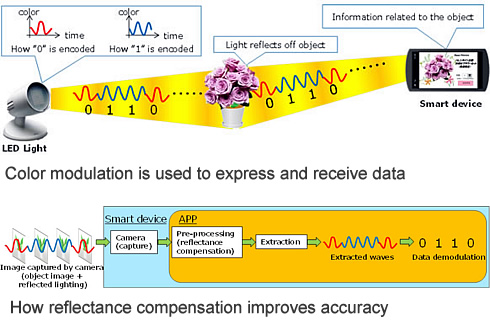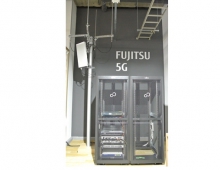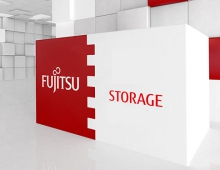
Fujitsu Develops LED Lighting Technology that "Shines" Data on Objects
Fujitsu Laboratories has developed a technology that can embed ID data in light cast by LEDs or other light sources onto objects, and also recover this ID data from objects that have been lit in this way. By embedding data in light in a way that it is not detectable to the naked eye, an object that has been illuminated can convey data to a smartphone or other smart device. With previous technologies, data could only be conveyed to a user's area, but with this technology, data can be conveyed at the level of an individual object. To capture the data, a user only needs to point a camera at the object. This technology enables products in a store, works of art, people, buildings and a variety of other objects to be the source of data transmission.
Fujitsu's technology modulates the color of light emitted by LED lights in such a way as to be undetectable to the human eye, but that can still embed ID data in the light that is cast on an object.
The ID embedding technology is in some ways similar to QR codes, NFC tags and visible light communication (VLC). Although the data speed of the LED method is relatively low at 10bps, it doesn’t require a tag that alters the appearance of the object.
Color LEDs combine the three lights of red, green, and blue (RGB) to produce a range of colors. By modulating the intensity of the light emitted by each of the three component colors along the time axis, ID data can be embedded in the light cast onto an object, even with very small variations.

When light is cast onto a surface, some of it will be absorbed and some reflected, depending on the reflectivity of that surface. The signal encoded in the respective RGB wavelengths will wind up being weakened by that partial absorption, and since this technology uses an image captured by a camera to measure the reflectivity and compensate accordingly, information-capturing accuracy has been improved.
This technology enables ID data to be embedded in an object that had been illuminated, where it can then be captured simply by pointing at the object with a smartphone, for example. The smartphone can then capture the data corresponding to the ID.
The technology could be used to provide product information just by pointing a smartphone at the product, and in the future, it might even be possible to handle automated payment and delivery. A museun could also stream a video to its visitors' smartphones just by pointing them at an exhibit.
Fujitsu Laboratories is currently conducting tests to assess the technology with a range of installation environments, and is working to improve its accuracy with the goal of commercial implementation during fiscal 2015.





















